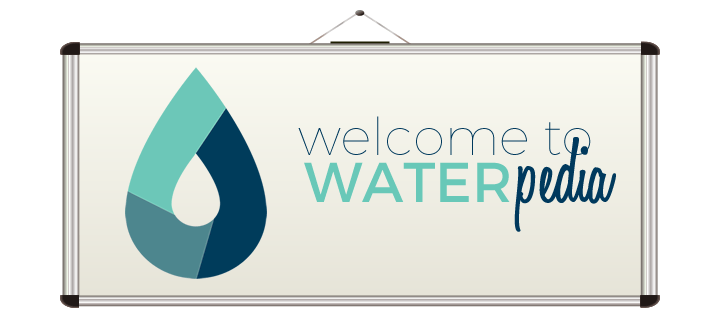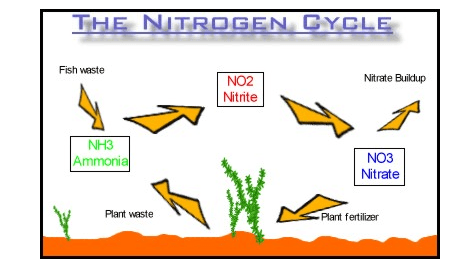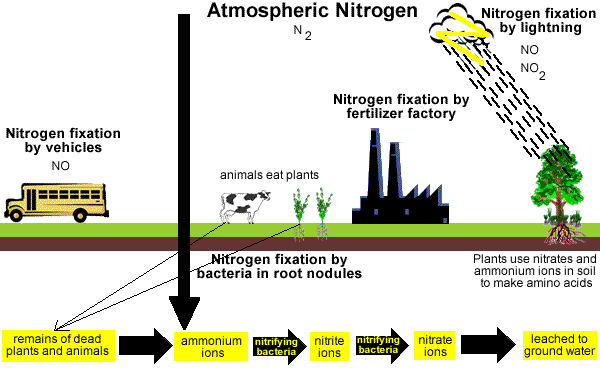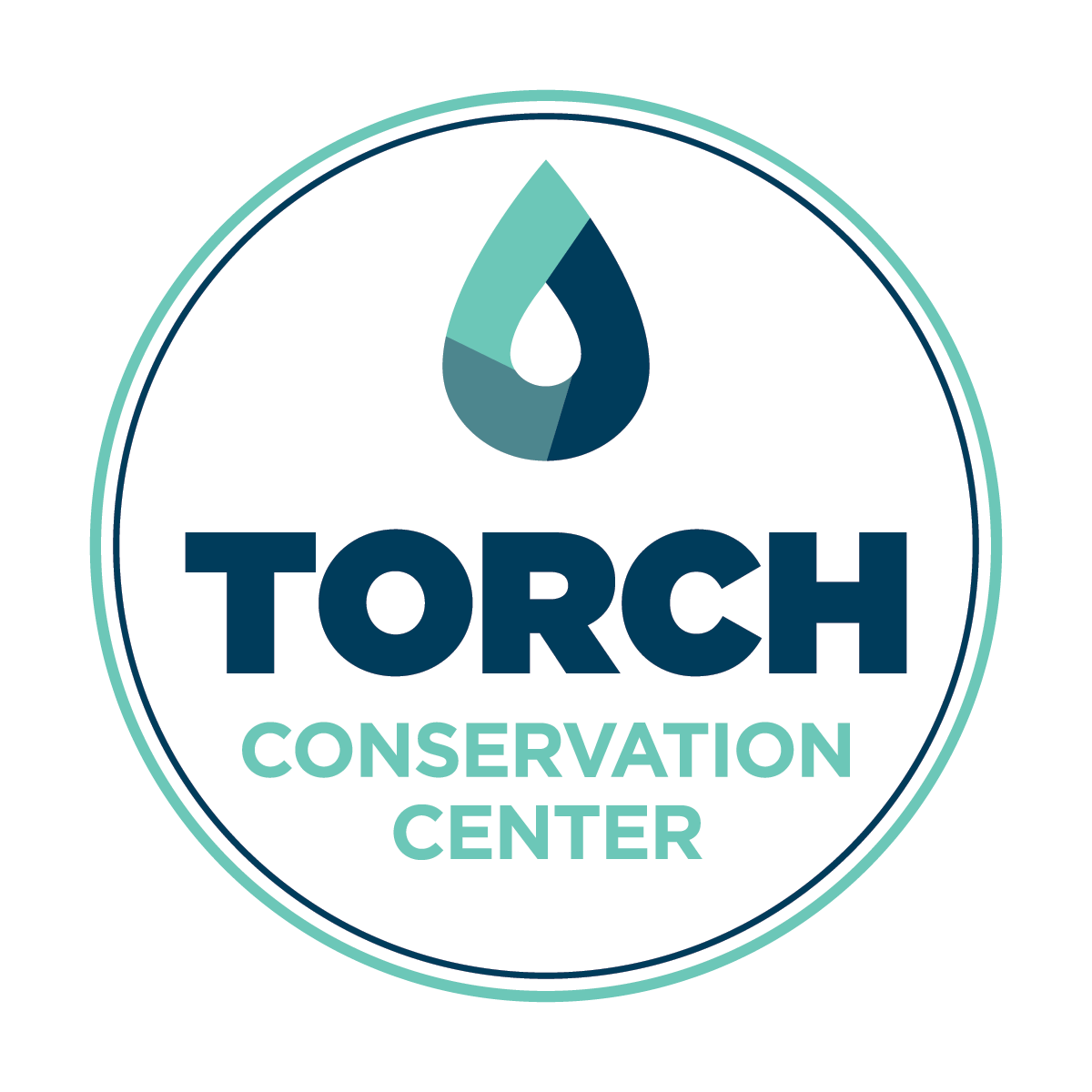
Nitrogen
Nitrogen is all around us.
Key Facts
- Nitrogen gas (N2) makes up about 78% of the atmosphere by volume.
- Nitrogen is found in amino acids that make up proteins and genes in humans, animals and plants.
- Ammonia (NH₃) is found in urine.
- Nitrate (NO₃) is the main source of nitrogen for plants.
- Too much nitrate can cause serious health problems in humans, especially children.
- Nitrogen is found in soil.
- Nitrogen is one of the main ingredients in fertilizers.
Did you know?
Like the water cycle, there is a nitrogen cycle in nature.
The Nitrogen Cycle in Freshwater
- In freshwater, the nitrogen cycle begins with microscopic floating plants (phytoplankton) and rooted aquatic plants. They absorb nitrogen in the form of nitrate, (NO₃).
- Microscopic animals (zooplankton) and other plant-eating aquatic organisms feed on these aquatic plants and consume the nitrogen in them.
- Then the aquatic animals release waste products containing ammonia (NH₃).
- Bacteria in the sediments turn the ammonia to nitrite and then to nitrate. Decomposing plants and animals also release nitrate back into the water.
- Nitrate becomes food for plants, and the cycle begins again.

Image: Tropical Fish Centre
The Nitrogen Cycle on Land
- On land, dead organisms and waste from live organisms decompose and release nitrate.
- Some nitrate soaks into the soil and down into groundwater.
- Some nitrate is absorbed by plant root systems.
- When organisms eat plants or drink the water, the cycle begins again.
NOTE: When nitrogen combines with other elements, the process is called fixation.

Image: Australian Environmental Institute
Show
You Care
We know you want to enjoy the lake for many years (and generations) to come. So, we’ve put together a list of simple steps you can take to reduce the nutrients, sediments and toxins flowing into the lake and its streams.
Pump your septic tank every 3 years
Plant Natives
- Keep the natural landscape of northern Michigan around your home.
- Limit the size of your lawn.
Replant Trees
- Trees take up nutrients so they don't reach the lake.
- Tree roots hold soil that contains nutrients from eroding away into the lake.
Use Natural Lawn Fertilizers
- Too much chemical fertilizer is applied to lawns and ends up making the lake green.
Plant Rain Gardens
Plant Buffer Gardens along Shorelines
Links
WATERpedia: the “One-Stop Shop” for Water Science A-Z
A-E
F-M
N-S
T-Z
Don't just wish that Torch Lake will stay blue.
Choose a water-friendly lifestyle - make a difference!
